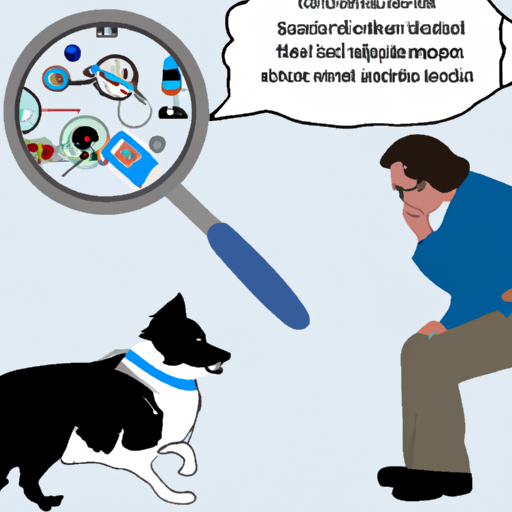Introduction
If you’re a dog parent, you’ll agree that your furry friend’s health is a top priority. One of the diseases that can affect dogs, just like humans, is diabetes. This article will guide you through the symptoms of dog diabetes, helping you understand when it’s time to get your pet checked by a vet.
What is Dog Diabetes?
Dog diabetes, or diabetes mellitus, is a disease where your dog’s body either does not produce enough insulin or can’t use it effectively. Insulin helps regulate blood glucose levels, and without it, your dog’s blood sugar can spike dangerously high.
There are two types of diabetes in dogs:
- Type 1: The pancreas does not produce enough insulin
- Type 2: The body cannot use insulin effectively
Most dogs suffer from Type 1 diabetes, which requires daily insulin injections.
Key Symptoms of Dog Diabetes
Change in Appetite
One of the first signs you may notice is a change in your dog’s appetite. They could be eating more than usual but still losing weight. This is because their body can’t convert food into energy.
Excessive Thirst and Urination
Your dog may drink water excessively and urinate more often. High levels of glucose in their bloodstream can lead to dehydration, which may result in increased thirst and urination.
Weight Loss
Even though your dog might be eating more than usual, they could be losing weight. This is because their body is breaking down stored fats and proteins for energy.
Fatigue
You may notice your dog becoming lethargic or less active. The lack of glucose energy can make them feel tired and weak.
Vomiting
In severe cases, dog diabetes can lead to ketoacidosis, a life-threatening condition causing nausea and vomiting.
How to Spot Early Symptoms of Diabetes in Dogs
It’s crucial to spot the early symptoms of diabetes in your dog, as early detection and treatment can prevent complications. Here are some tips:
- Monitor their behavior: Pay attention to any changes in their behavior, such as fatigue or increased thirst.
- Regular Vet Check-ups: Regular vet check-ups can help detect early signs of diabetes.
- Check their weight: Sudden weight loss could be a sign of diabetes.
- Watch their eating habits: Increased appetite accompanied by weight loss can indicate diabetes.
Diagnosis & Treatment of Dog Diabetes
To diagnose diabetes, your vet will conduct a physical examination, review your dog’s medical history, and perform blood and urine tests.
The primary treatment for dog diabetes is insulin therapy, administered through injections. The dosage and frequency will depend on your dog’s condition.
Diet and exercise also play a crucial role in managing dog diabetes. Your vet may recommend a diet high in fiber and low in fat, coupled with regular exercise.
Preventing Dog Diabetes
Though there’s no guaranteed way to prevent dog diabetes, maintaining a healthy lifestyle can significantly reduce the risk. Here are a few tips:
- Maintain a Healthy Diet: A balanced diet can help maintain your dog’s weight and overall health.
- Regular Exercise: Regular physical activity can help prevent obesity, a significant risk factor for diabetes.
- Regular Vet Check-ups: Regular vet visits can help catch potential issues early.
FAQ’s
Can dog diabetes be cured?
No, dog diabetes cannot be cured but can be managed effectively with insulin therapy, diet, and exercise.
Is dog diabetes contagious?
No, dog diabetes is not contagious. It is a chronic disease caused by the body’s inability to produce or use insulin effectively.
How long can a dog live with diabetes?
With proper management, a dog with diabetes can live a healthy, normal life. The key is early detection and consistent treatment.
Is there a specific breed that’s more susceptible to diabetes?
While any breed can develop diabetes, it’s more commonly seen in Golden Retrievers, German Shepherds, and Miniature Schnauzers.
In conclusion, as a dog parent, understanding the symptoms of dog diabetes can help you detect the condition early and seek appropriate treatment. Always remember, a healthy diet, regular exercise, and routine vet visits are essential for your furry friend’s overall health.



